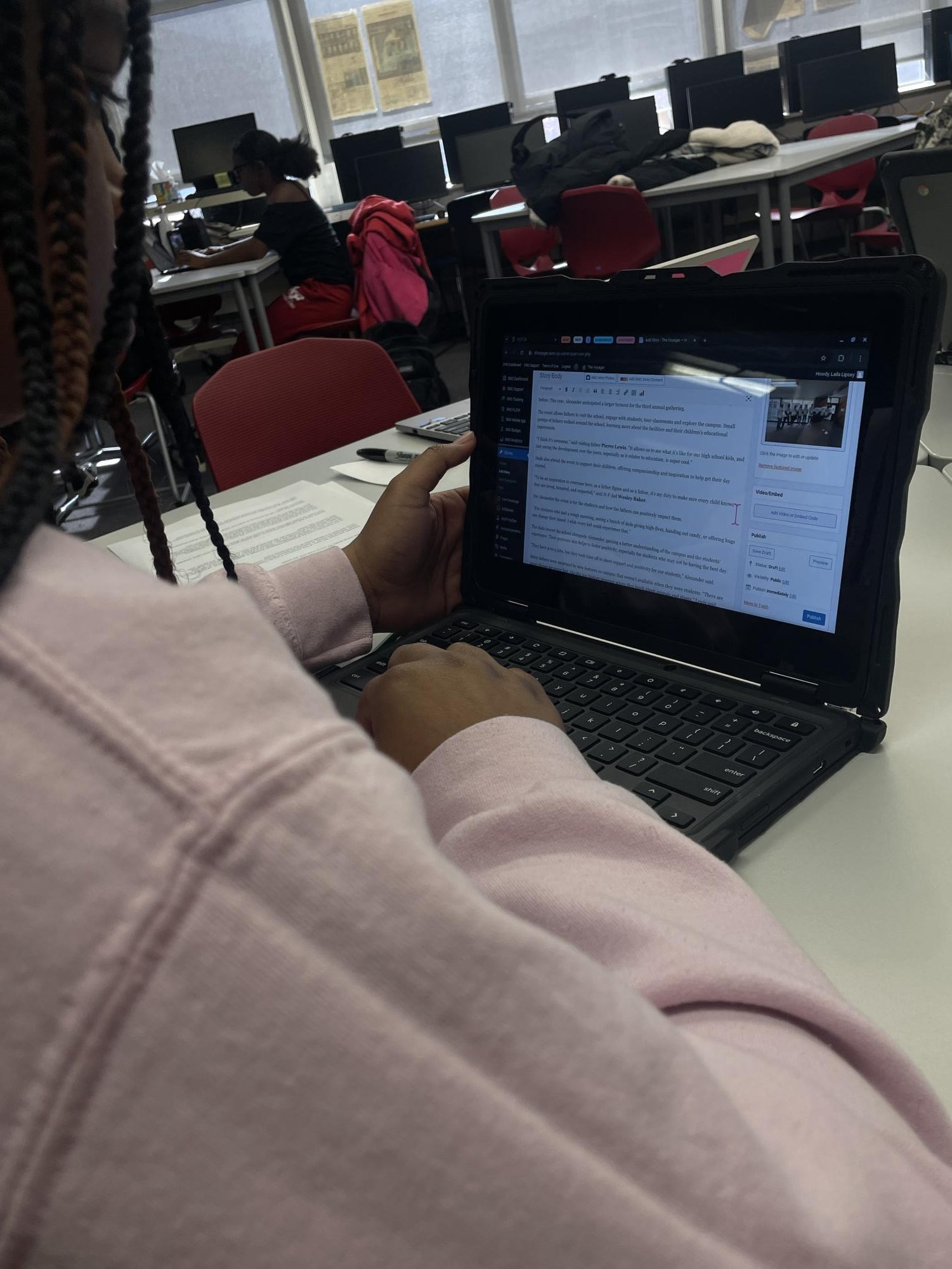Every day, people share about their lives by using the internet, and cybersecurity is becoming a growing concern.
Most people use technology, and when it comes to the internet, its users need to be aware of the potential risks, especially regarding personal information and what we share online. Cybersecurity is the application of technologies, processes and controls to protect systems, networks, programs, devices and data from cyberattacks.
According to the U.S. Norton, more than 800,000 people are hacked each year, which amounts to about 2,200 people each day. How is it that technology, which is supposed to help and improve our lives, can also turn on us and pose potential dangers?
While some aspects of online security are beyond our control, there are precautions we can take to protect our information. Being aware of potential threats and recognizing red flags can help reduce the risk of falling victim to cyber attacks.
At H-F, cybersecurity is a constant issue, particularly because fake websites often appear legitimate and trustworthy.
“[Web]sites are traps, so it looks like you’re signing up for or getting ready to shop on a particular site, [but] it’s a fake site,” the director of the technology department Steve Richardson said. “Then they start asking for password information or credit card information–things like that–and [users] don’t take the time to look for any potential red flags on this site.”
To combat this, the technology department emphasizes the importance of being cautious about the websites you visit. Looking for grammatical errors or slight mistakes can often be a telltale sign of a fake website.
“The name can be misspelled, just one letter off, so it looks like you’re on Amazon, but it may have an ‘e’ at the end. It’s a fake site, and they’re just capturing your data,” Richardson said. “The biggest thing I see is people being too trusting and giving out too much information.”
Hackers often try to trick people into feeling rushed or pressured which can end up having the individual falling for it and being fooled.
“People need to be suspicious and take their time. A lot of the time, hackers create a sense of urgency, like saying you have five minutes to act or warning that your Microsoft support will expire in 10 minutes,” Richardson said. “They may prompt you to fill out your information or provide a credit card number to avoid a supposed problem. It’s that kind of pressure you need to avoid. That’s what hackers are counting on.”
Writers often put their writing online for all to see. For example, English teacher and published author Sahar Mustafah published her writing online and a Dutch publisher published her work without consulting. When publishing online, people especially have to be aware of what can happen to their writing.
“It really bothers me. I had someone infringe on my copyrights, and it made me think, ‘how safe are we?” I don’t know how much control I have, and it made me pause and reflect on my work and how my creativity might be exploited,” Mustafah said.
Mustafah’s experience is a cautionary tale for individuals to be careful online and to be cautious. The school is working to protect students’ and staff online security, but there’s so much the school can do and the rest is up to the individuals themselves.
“We definitely put a lot of safeguards in place, but with all my years of experience, I can tell you, if you ever say ‘yes, you’re secure,’ or ‘yes, we’re great,’ you’re doing your job wrong,” Richardson said. “You should never feel like you’ve done enough. You should always feel like there’s more to be done because hackers are becoming more and more sophisticated.”
According to Pew Research Center, 62% of teens say people are able to feel welcome and safe online.
We run a risk when going online and it’s important to be aware.








